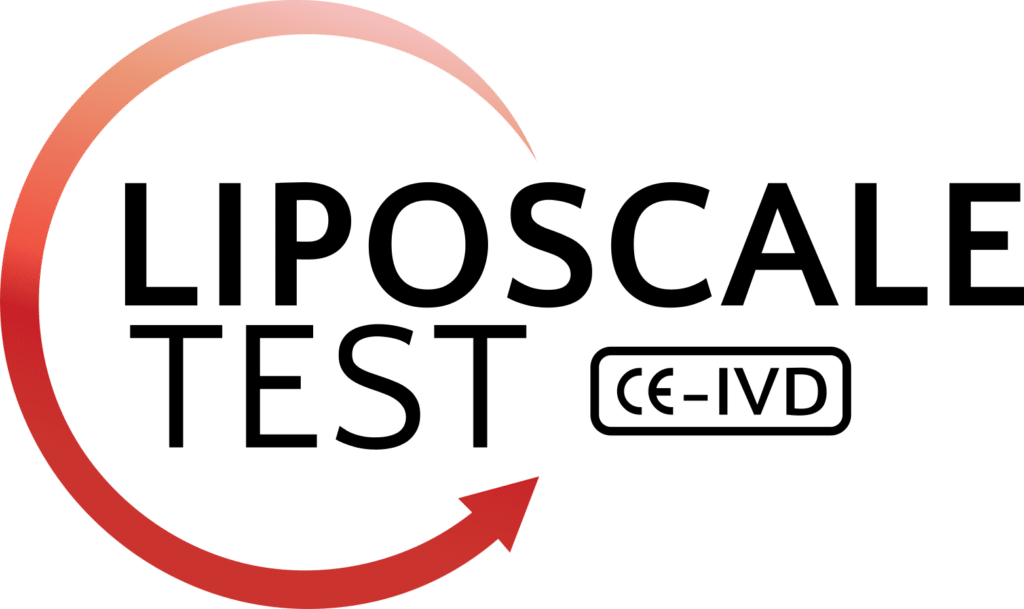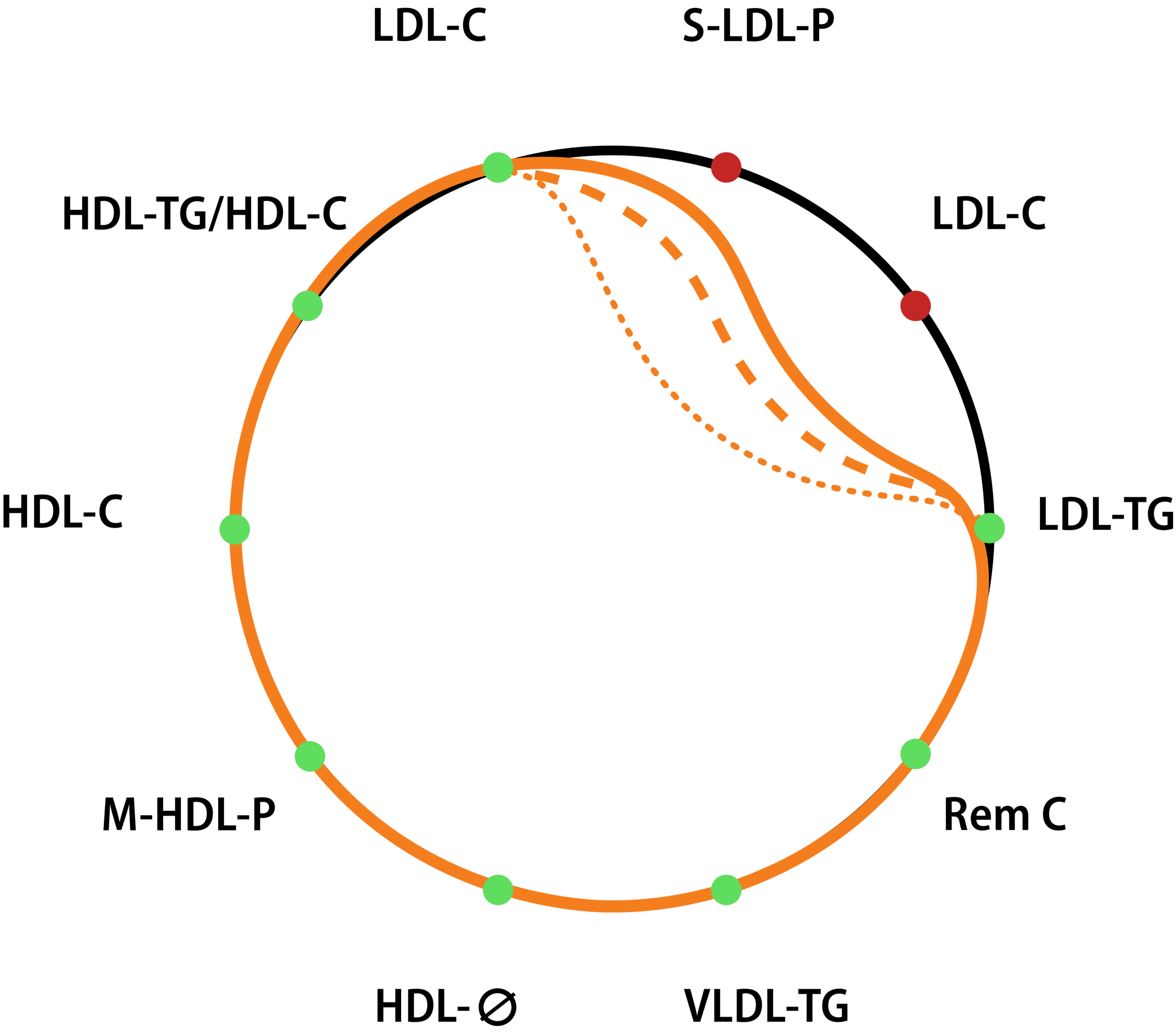Liposcale Test
Understand Your Cardiovascular Health and Take Control of Your Well-being Today.
Liposcale Test allows for the comprehensive characterization of the lipid composition, size, and number of particles of different lipoproteins.
Understand Your Cardiovascular Health and Take Control of Your Well-being Today.
Liposcale Test allows for the comprehensive characterization of the lipid composition, size, and number of particles of different lipoproteins.

The Liposcale® test allows determination of both the basic lipid profile consisting of total cholesterol, LDL-c, HDL-c, non-HDL and triglycerides, and a more advanced lipoprotein profile including lipid composition, particle size and concentration of the major lipoprotein classes (VLDL, LDL and HDL), as well as particle concentration of 9 subclasses. Comprehensive characterisation of the blood lipoprotein profile enables personalised preventive and therapeutic decisions in estimating and addressing cardiovascular disease (CVD) risk. This comprehensive characterisation of the lipoprotein profile facilitates the detection of individuals at increased risk of CVD. And all this, from an intact sample!

By a single analysis, it is possible to look deeper into alterations in lipoprotein metabolism beyond the basic lipid profile.
Improves population stratification and assessment of cardiovascular risk more accurately than conventional lipid profiling.
It helps healthcare professionals to make personalised preventive and therapeutic decisions in the estimation and management of cardiovascular risk in a global manner.

It has the approval of the Spanish Medicines Agency and is CE marked as an in vitro diagnostic medical device